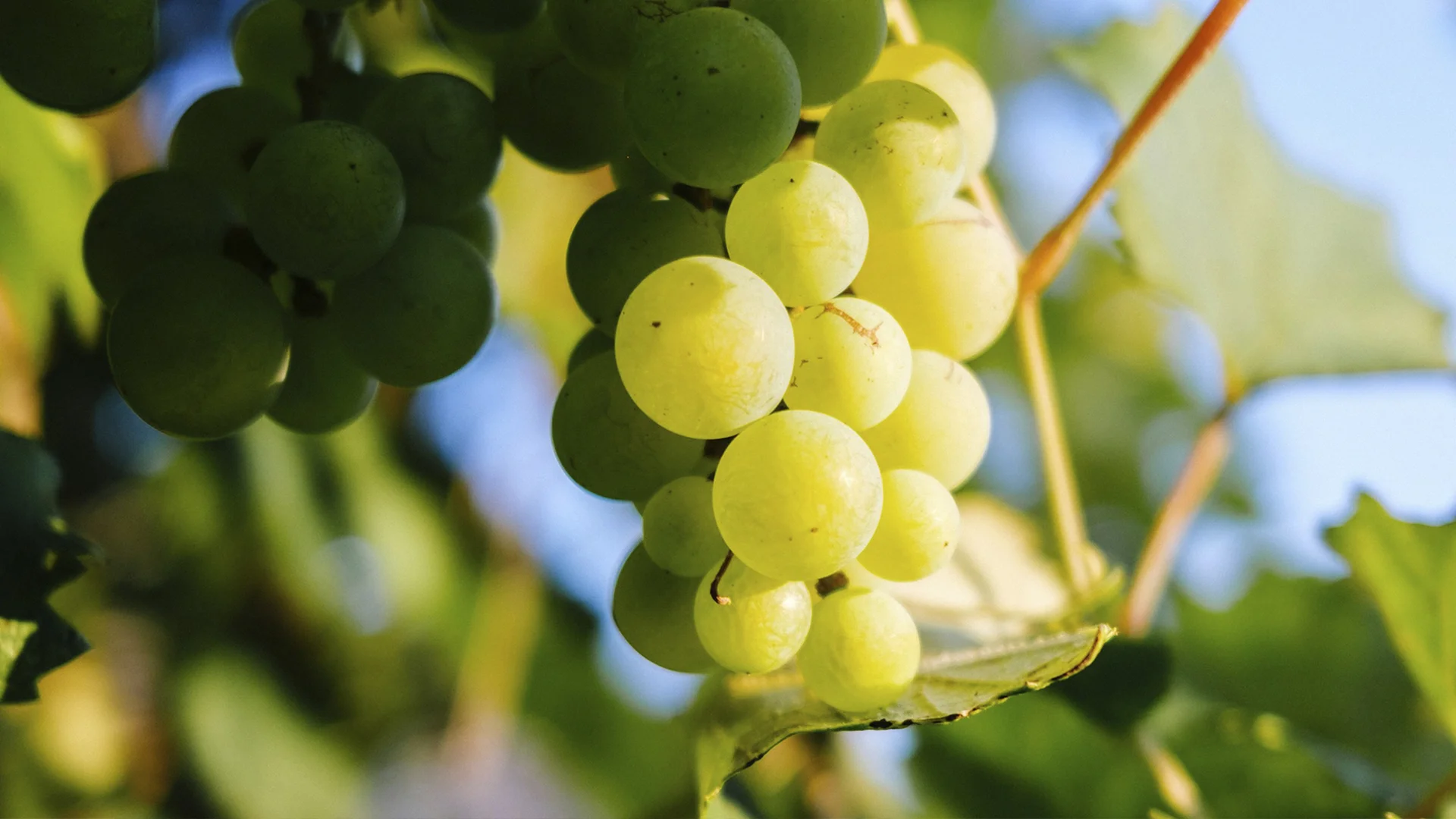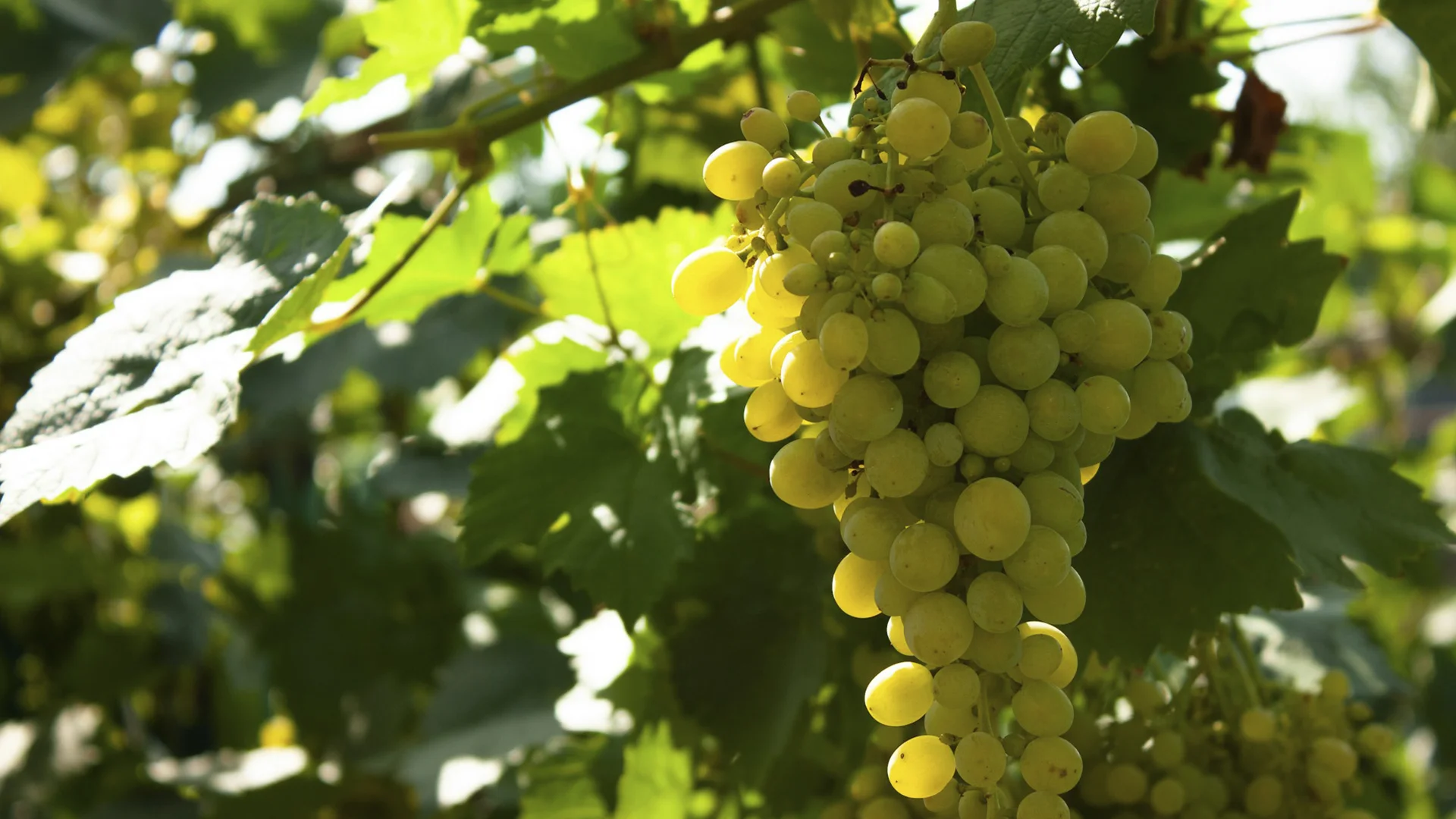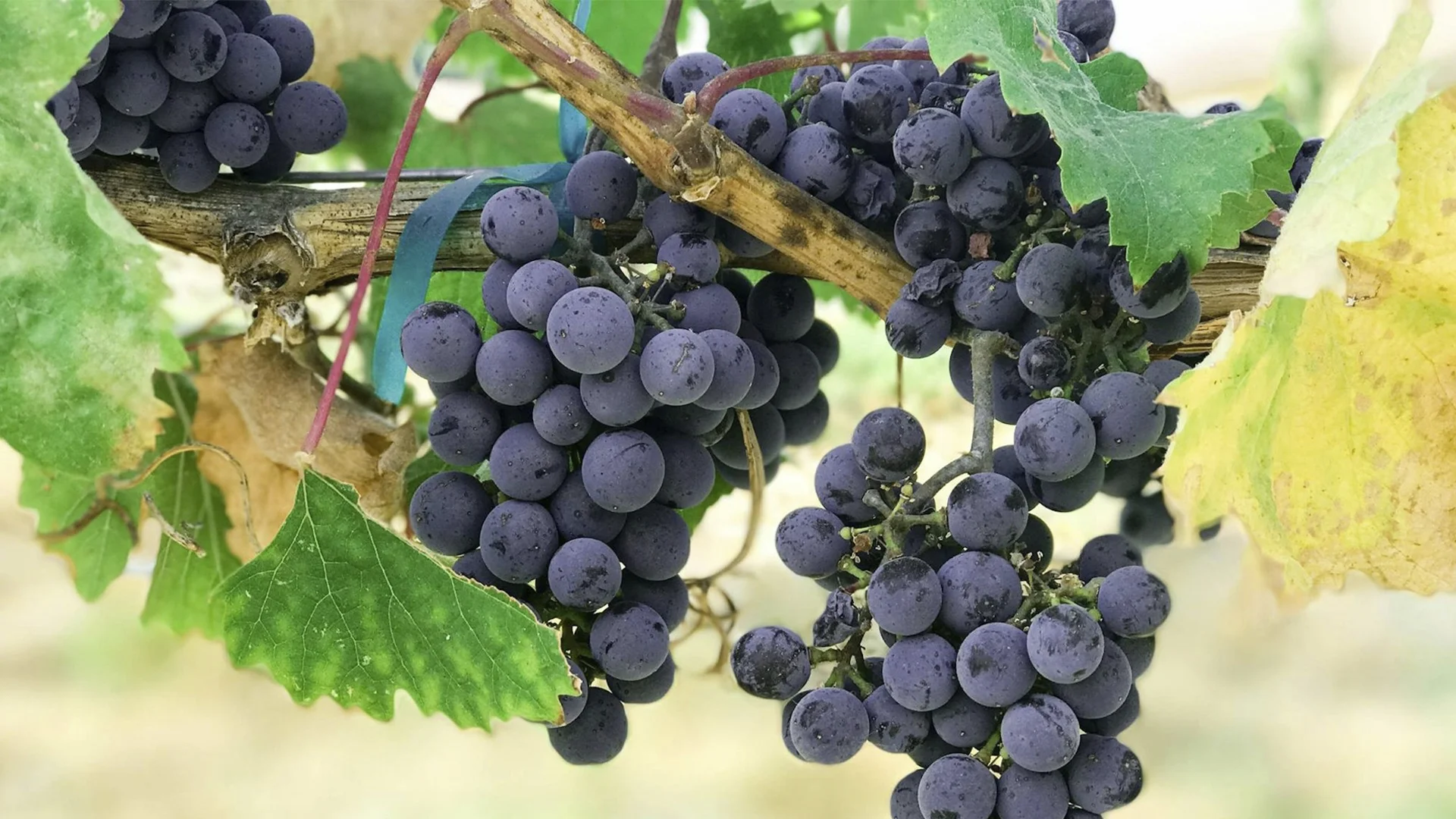
Barbera, one of Italy’s most beloved wine grapes, is prized for its vivid flavors and ability to adapt across climates and soils. This profile explores the Barbera grape from its historical origins to modern sustainability, beginning with a quick overview and some intriguing facts. We’ll then trace its journey through time and geography, examine the ideal growing conditions, explore key regions like Barbera d’Alba and Barbera d’Asti, and showcase top wines made from this expressive grape. Join us as we uncover how Barbera thrives—from Piedmont to California and beyond.
Barbera is a red wine grape variety native to Piedmont, a region of Northern Italy, where it’s been grown for centuries. Known for producing deeply colored, fruit-forward wines with high acidity and low tannins, Barbera is approachable yet complex. It typically offers cherry, plum, and red berry notes, often layered with spice or vanilla when aged in oak. In particular, Barbera d’Asti wines are celebrated for their expressive character and bright, food-friendly profiles.
Barbera has many aliases—such as ‘Barbera Forte’ and ‘Barbera Vera’—and has proven highly adaptable, thriving in places like California, Argentina, and Australia. No matter the region, Barbera consistently delivers wines with energy and charm.
Barbera’s roots run deep in Piedmont, especially in the hills of Monferrato, where it may have been grown since the early Middle Ages. While concrete records begin in the 1200s, Barbera's significance to Italian viticulture is undeniable. Over time, it has become one of Italy’s most planted and emblematic red grape varieties.
Barbera earned its reputation as “the wine of the people” due to its affordability, accessibility, and versatility. With its vibrant acidity, deep hue, and moderate alcohol, Barbera complements a wide range of foods and occasions—while rivaling more prestigious grapes like Nebbiolo in regional importance.
Barbera followed Italian immigrants abroad, taking root in places like Argentina, Chile, and the United States. In California, it’s especially prominent in Amador County, where it thrives in sunny, dry conditions. Across continents, the grape continues to evolve while retaining its core identity.
The 1980s were turbulent for Barbera, notably during the methanol scandal that impacted several Italian wines. Despite reputational damage, the grape regained trust through quality-driven producers and stricter regulations. Today, Barbera d’Asti and Barbera d’Alba are standard-bearers for excellence, reflecting regional tradition and renewed consumer confidence.
Today, Barbera balances heritage with innovation. Its acidity, fruit purity, and flexibility make it appealing to contemporary wine drinkers. Whether vinified in traditional or modern styles, Barbera’s profile continues to inspire producers and satisfy palates across the globe.
Barbera’s resilience is one of its strengths, but optimal growing conditions enhance its best traits.

Barbera thrives in moderate climates with warm days and cool nights. Ideal temperatures range from 20°C to 30°C (68°F to 86°F). These conditions help preserve acidity while developing ripe fruit flavors. From elevated hillsides in Piedmont to sun-drenched Californian vineyards, Barbera adapts with grace.
Moderate rainfall—between 500mm and 800mm (20–31 inches) annually—is ideal. Too much water can dilute flavors, while controlled stress helps concentrate them.
Barbera ripens best in regions with 2,000–2,800 GDD. This range allows the grape to reach phenolic maturity while retaining freshness.
Barbera benefits from altitudes between 200–600 meters (656–1,968 feet). These elevations support gradual ripening, maintain acidity, and intensify aromatics, leading to more expressive wines.
Barbera, planted originally only in Italy, now extends around the world. Each region adds its own personality to this versatile grape. For example, while in Italy Barbera is mostly produced as a single varietal, in Mexico is usually blended with grapes like Merlot.

Barbera’s spiritual home, Piedmont, offers a patchwork of terroirs:
In Lombardy’s Oltrepò Pavese, Barbera grows in clay-limestone soils under the Po River’s influence. The wines are fruit-forward and full-bodied, with notable depth and firm tannins.
Though better known for Sangiovese, this region produces juicy, plush Barbera with spice and dark fruit notes. It’s also where some sparkling Barbera styles originate.
California has embraced Barbera, particularly in Amador County and the Sierra Foothills. The combination of sunshine, elevation, and well-drained soils yields wines bursting with blackberry, plum, and spice—often touched by American oak.
Each of these regions contributes to Barbera’s global appeal, revealing how terroir shapes its expressions from light and floral to dense and age-worthy.
Barbera producers are increasingly turning to sustainable methods, reinforcing the grape’s modern relevance.
To experience Barbera’s full potential, here are four standout examples that capture the grape’s depth and diversity:
Barbera represents more than just a grape—it’s a symbol of Italian viticultural tradition and modern innovation. With its vibrant acidity, fruit-forward personality, and remarkable adaptability, Barbera wines earned a place on the global stage.
While often compared to Merlot, Barbera stands out for its naturally high acidity and vibrant taste. In Asti and Nizza, both DOCG zones, wines show balanced structure and medium body. Around Alba and near Barolo, Barbera reveals toasty notes and subtle hints of spice. Local clones influence expression, with styles ranging from fresh and young to more intense, age-worthy wines marked by elevated acid. These regional nuances reflect the unique identity of each town where Barbera thrive
Whether grown in the rolling hills of the Piedmont region or the sun-drenched slopes of California, Barbera continues to captivate. Its versatility in style, connection to the land, and evolution through history make it one of the most exciting and enduring red varieties in the world. For wine lovers seeking a balance of tradition, character, and freshness, Barbera offers a compelling and authentic experience.





























































































.webp)

.webp)





Are you interested in
collaborating with us?